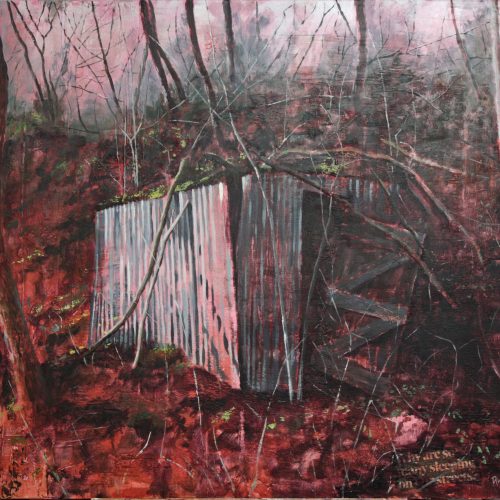
Student stories: In conversation with Andrew Howe. Part 2.
LH: Can you tell us more about the ‘Act of Resistance’ event you led as part of last year’s Fourth World Congress of Psychogeography (4WCOP)?
AH: Last year’s 4WCOP spread over three days in a different location each day. My Act of Resistance event was a group walk that I led in Dewsbury, as part of a programme co-hosted by Creative Scene. The event tied into the theme of peace in Creative Scene’s Blink! project, part of a training and heritage programme called Paper Peace.
Act of Resistance commenced with a brief introduction to the history of people’s protests in West Yorkshire, with reference to specific local places and movements in Dewsbury, some of which we visited on the walk. I asserted that, in the spirit of its Situationist origins, psychogeography should not be viewed as a passive means of observing and experiencing the environment whilst walking, but should be an active mode of critique, challenge and playful subversion. Opening a case to reveal a number of small boxes containing “peace, kindness, community spirit and tolerance” I invited the group to take these boxes, to disperse into the town centre and to place them discretely in locations so that they were not hidden, but not immediately obvious, so that they may be available to be used “in case of emergency”.
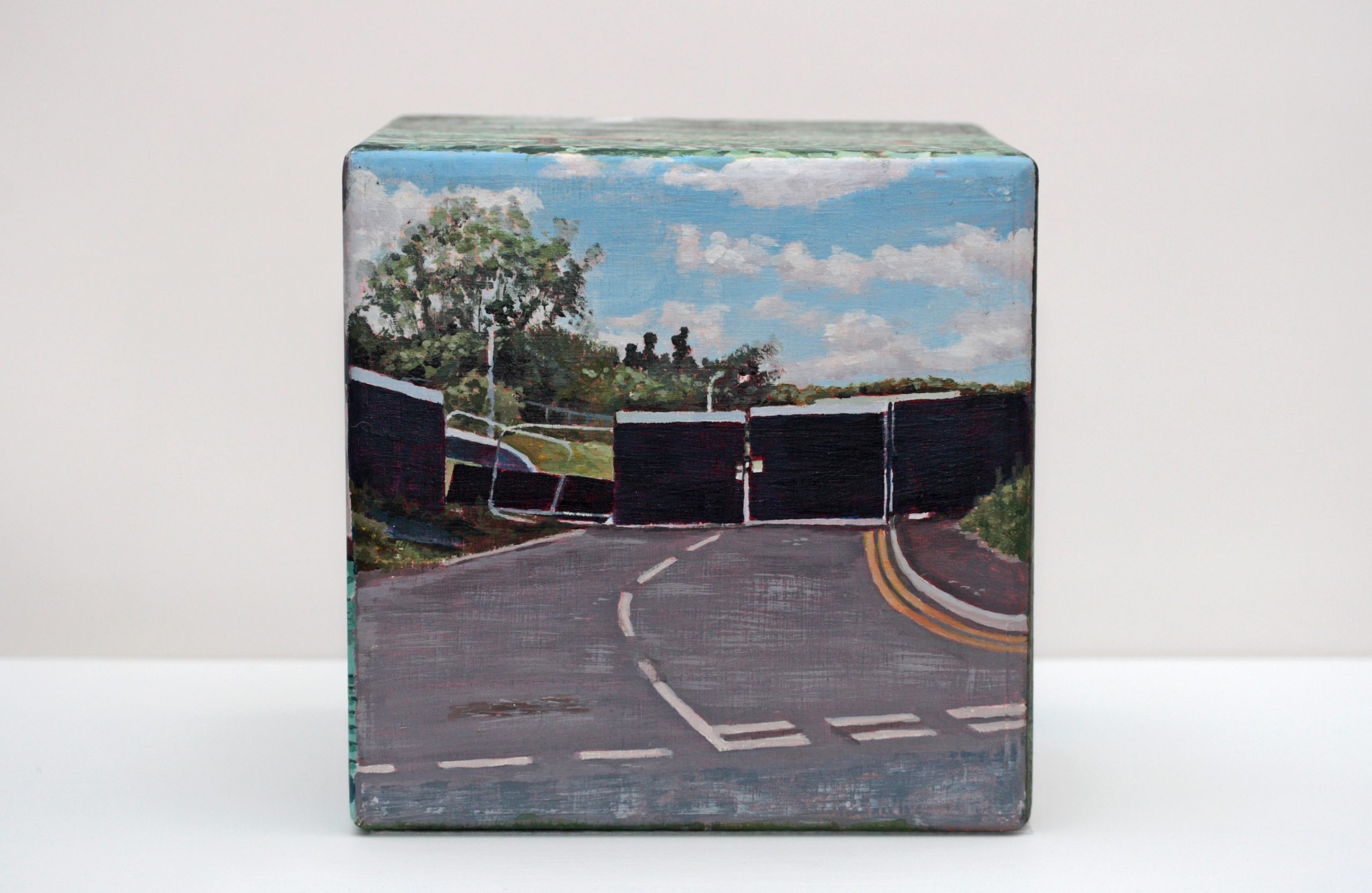
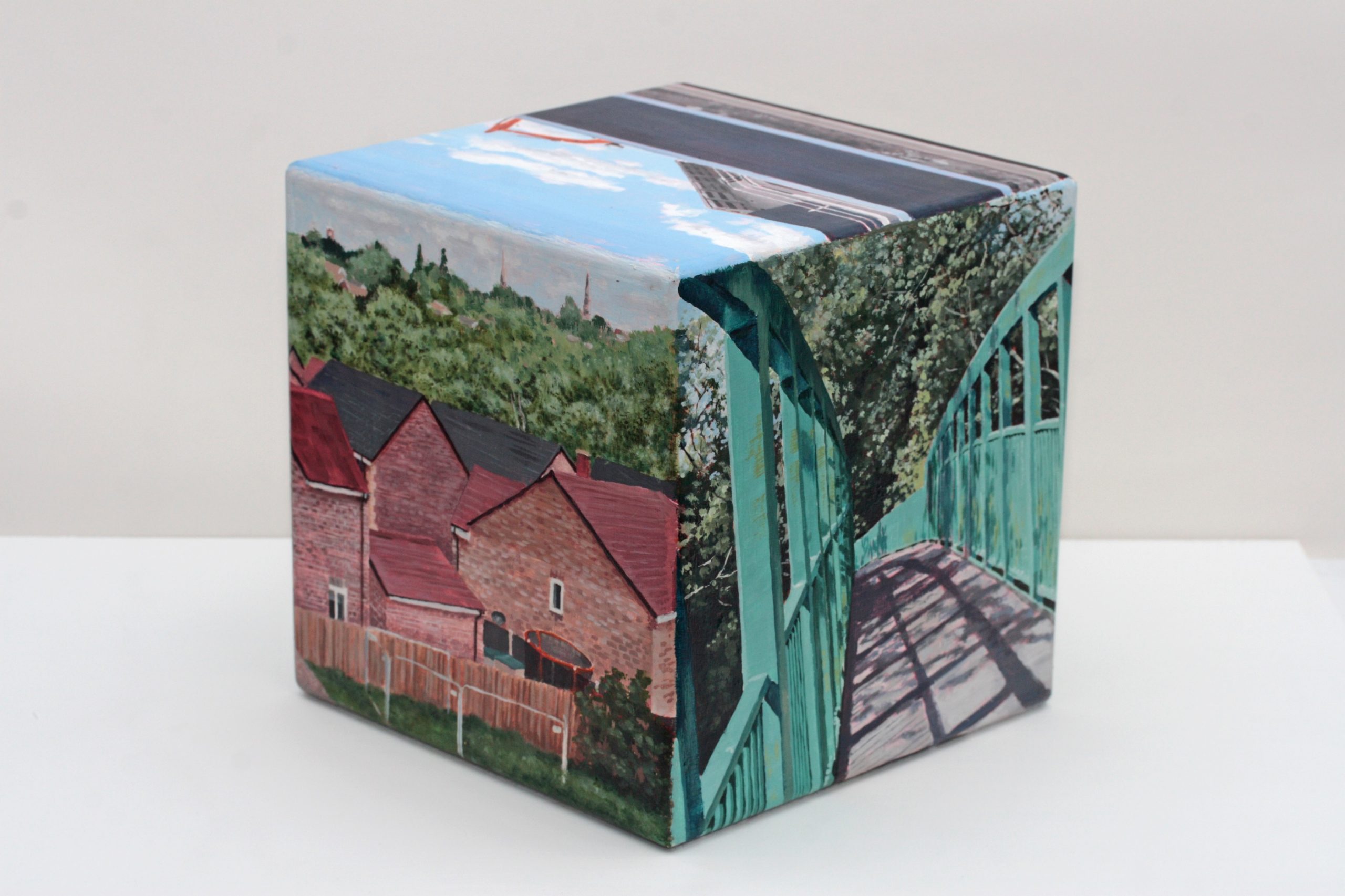
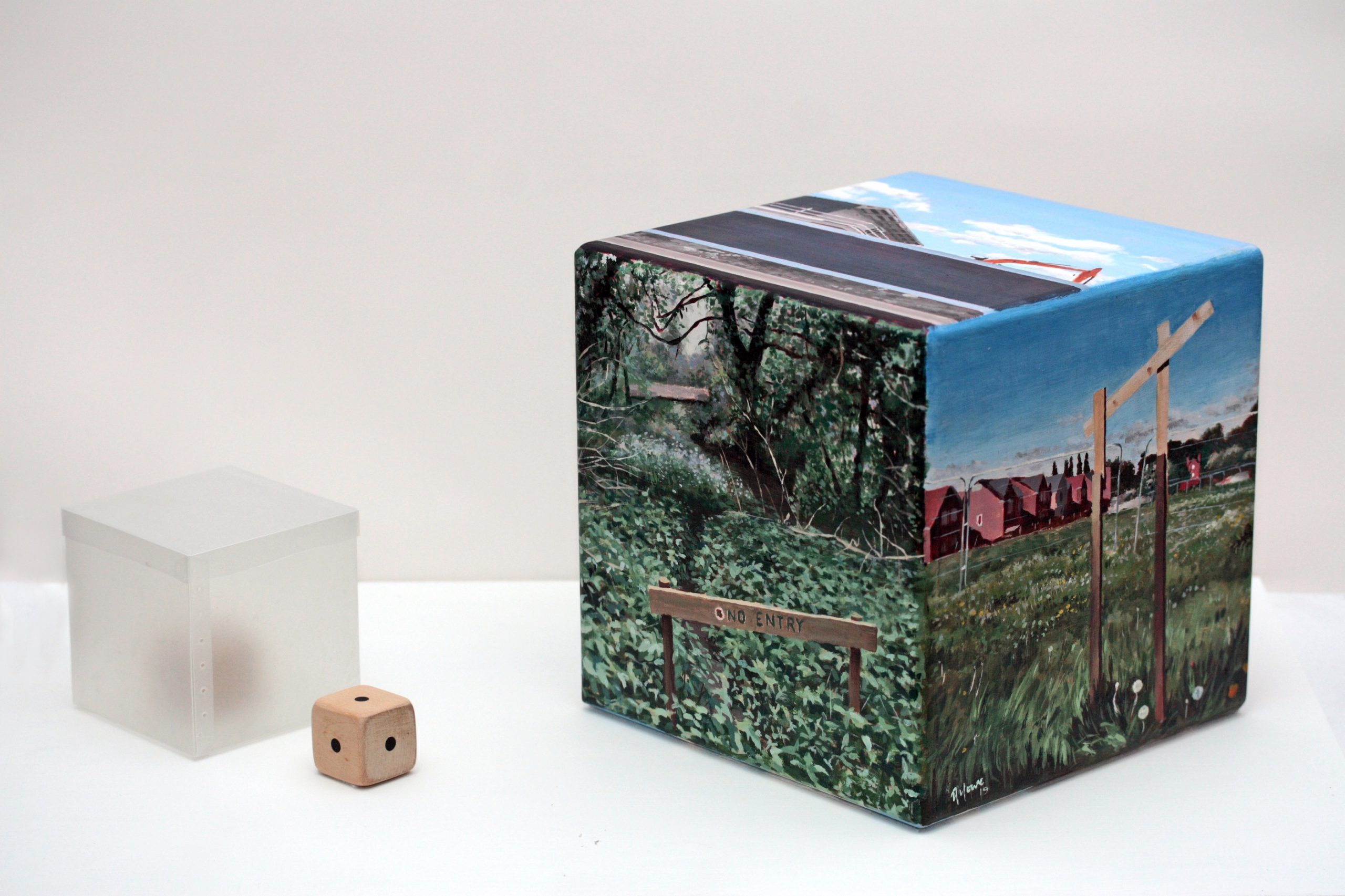
LH: This sounds like a very performative act, how was this received?
AH: The small interventions encouraged participants to look closely at, and engage with, the streetscape with a specific purpose in mind, in a different way to usual urban walking. The boxes might then engage non-participating members of the public by encouraging curiosity, raising awareness of an urgent need for more community spirit (this being the moment when Parliament was being pro-rogued in order to accelerate towards exiting the EU by the end of October 2019). The emptiness of the boxes highlighted the need to find these qualities within ourselves. People really enjoyed this activity, and I’m very happy to share the idea and invite anyone else to create and place their own box as an emergency response.
In a closing activity, the group gathered back together in the main pedestrianised centre of the town and walked slowly in a show of unity towards and through the busy Dewsbury market, brandishing mini-placards promoting the Blink! Paper Peace project and handing out free collage prints, made by Jean McEwan, a community artist and activist I have worked with. See Act of Resistance pdf
LH: That sounds like a lovely project, what else have you taken inspiration from?
AH: Liminal places have provided plenty of inspiration for me since childhood. They are often dynamic landscapes in transition, either through entropic processes of degradation or because they are in process of redevelopment – the interface between disorder and neoliberalism. It was about 16 years ago when I read Marion Shoard’s paper in which she defines the term “edgelands”. That was when I began to look more closely at why I responded to these places. It is the human impact on places that first interested me. So for example, in an ongoing project I am working on at Whixall Moss in North Shropshire, my art work is as much in response to the reclamation of the raised bog wetlands from former industrial uses (including a former car scrapyard, peat extraction industry, canals, railways and military uses), as it is to the surrounding landscape and wildlife in an area of outstanding natural beauty.
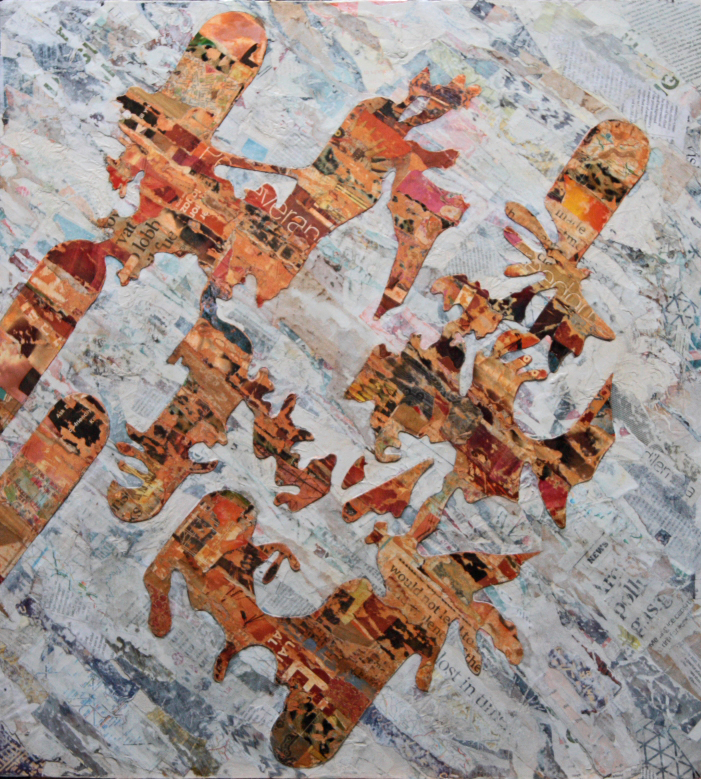
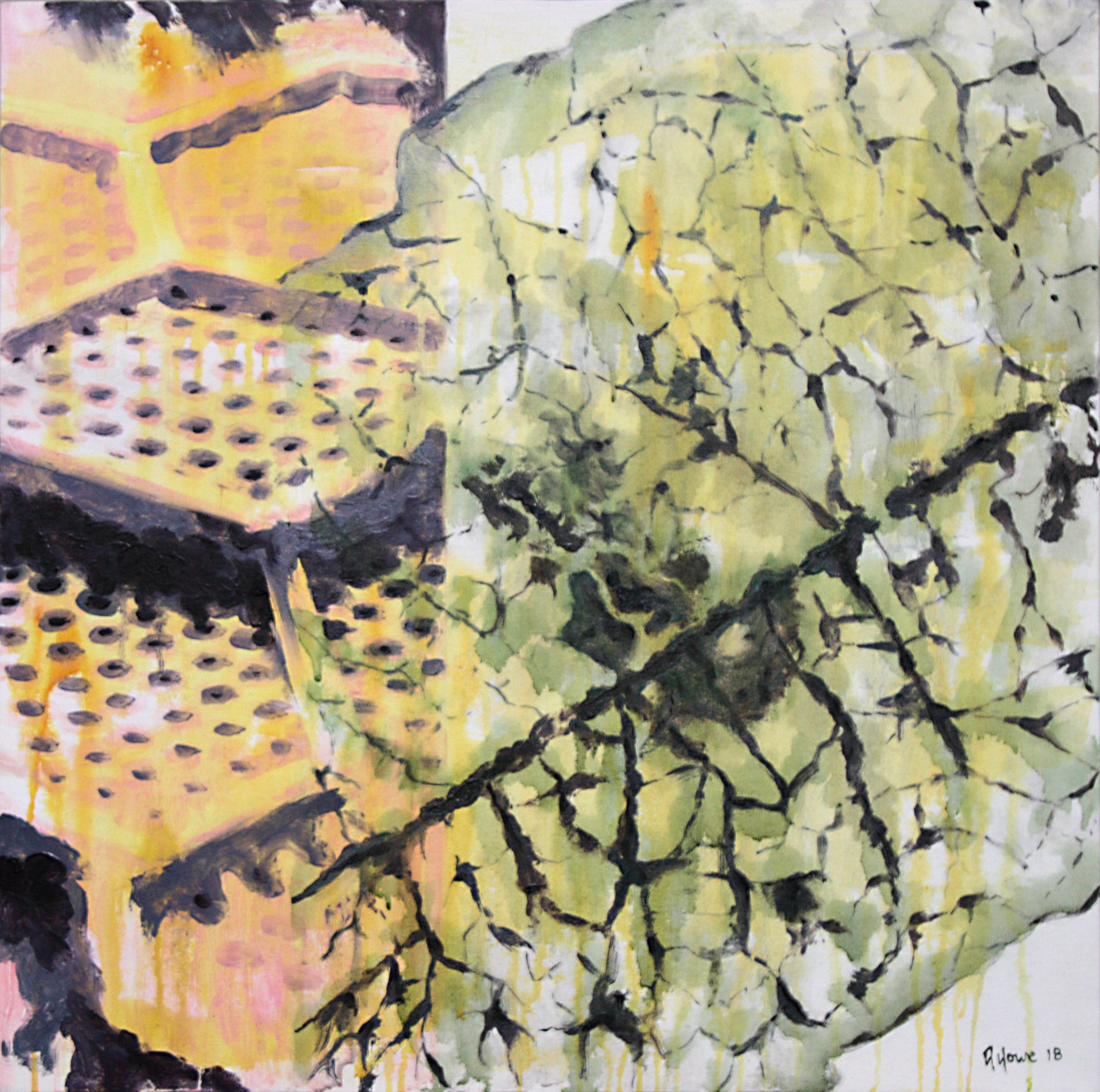
LH: Can you tell us a bit more about how ‘edgelands’ relate to your practice?
AH: Edgeland landscapes are diverse, ranging from non-places, like industrial estates and retail parks, to degraded post-industrial sites. There is often a duality in places like urban woodlands or derelict sites because they can be places of peaceful refuge and biodiverse wildlife habitats, places where young people can experiment away from adult gaze, whilst also being perceived as places of threat. Ruins are another particular type of edgelands rich with artistic potential, as they bring together contrasting viewpoints of past and future, decay and rebirth. I am drawn to the melancholic, nostalgic and uncanny aspects of liminal spaces. But I also notice that nature’s resurgence brings hope and shows that human’s control of the planet is illusory and impermanent.
LH: And which artists and writers do you find inspiration from?
AH: Artists like Gerhard Richter, Anselm Kiefer and Robert Rauschenberg were early influences in combining painting with other media, especially photographic images. Mark Bradford and Ingrid Calame inspired me to use material gathered directly from the environment in my work as a form of mapping. Karen O’Rourke’s book “Walking and Mapping” is a rich resource. Coming from an engineering/science background, I like how Rebecca Chesney uses site data to make visually captivating work. I am looking to adapt this approach to my own work. More recently, I have also been interested to follow how Helen Billinghurst has developed a practice of using walking to inform her painting and vice versa, so that the two strands may not be viewed as entirely separate activities.
LH: Are there any writers or sources that you would recommend to OCA students making work and developing a practice around walking and place?
AH: I follow more artists/writers than I could possibly mention, but a few other influences on my practice include Janet Cardiff, film-maker Annie Grove-White and painter Mandy Payne. Patrick Keiller, George Shaw and Laura Oldfield Ford are longer term influences that are perhaps more obviously associated with psychogeography. W.G. Sebald’s “Rings of Saturn” is a wonderful book that inspires me to look for unexpected connections in places, often this includes identifying layers of history, so maps and documentary research are integral to how I might follow up walking the landscape. Nick Papadmitriou’s “Scarp” and his “deep topography” approach is similarly influential. I particularly enjoy reading, or listening to, Phil Smith, whose own practice of mythogeography encouraged me to look for multiplicity of viewpoint. Tina Richardson (“Walking Inside Out”) is a key figure in bringing together many different practices in contemporary psychogeography. Other psychogeographers I follow include Morag Rose, Gareth Rees, and Kevin Boniface. I love reading Rebecca Solnit’s writings; “Wanderlust” is a particularly good review of walking, but “Field Guide to Getting Lost” and “The Faraway Nearby” are also rich with ideas. My thinking in relation to human and non-human interconnectivity is guided more recently by people such as Graham Harmon, Bruno Latour, Jane Bennett, Donna Haraway and Anna Lowenhaupt Tsing.
For more information about Andrew’s practice and images of his work, please visit his website: www.andrew-howe.com, Instagram: @andhowenow
Read part 1 of the conversation on WeAreOCA.
|
|





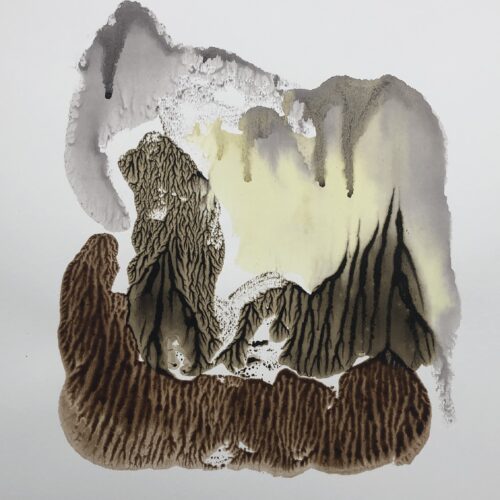

Great post, thanks for sharing. I wish I’d come to the Wakefield event now – I was at the Marsden psycho-geography events instead!